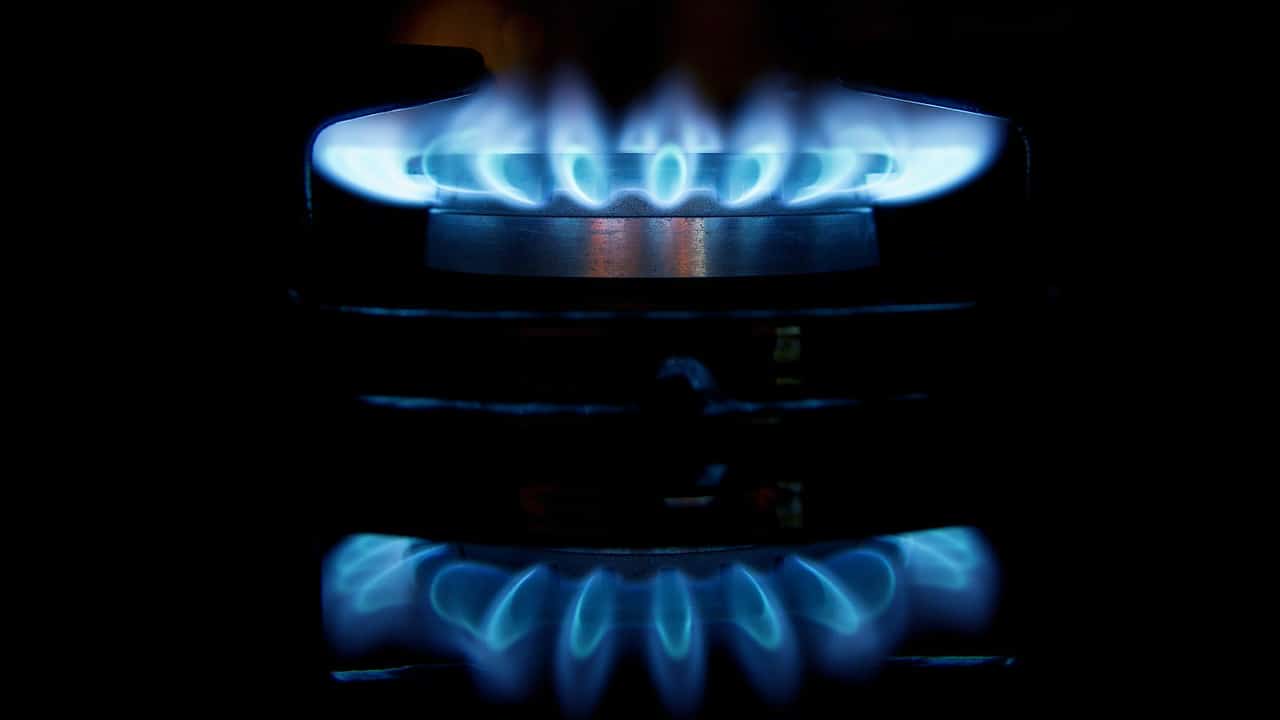Peyto Exploration & Development Corp.’s (TSX:PEY) one-year chart looks horrible. The shares have fallen +55% in the last year, and the stock can further weaken due to tax-loss selling activities. If the stock breaks below $15 per share, it could go to a single-digit share price.
As a result of the depressed stock price, Peyto now offers a ~8.7% yield. This is the highest yield the Albertan natural gas producer has ever offered, which raises the question, “Is its dividend safe?”
Is Peyto’s dividend safe?
With natural gas as low as it is, and Peyto’s yield pushing to new heights, the market sure seems to be pricing Peyto’s stock for a dividend cut.
Peyto has committed to maintaining its monthly dividend of $0.11 per share; the ex-dividend date is November 29, and the payable date is on December 15. This leaves the question of Peyto’s dividend safety for 2018.

Here are the company’s recent results.
In the third quarter, Peyto had a profit margin of 25% and an annualized return on equity of 10%.
Compared to the same quarter in 2016, the company saw production per-share growth of 6%.
For the quarter, Peyto generated earnings per share of $0.27 and paid out $0.33 per share of dividends. Based on earnings, its payout ratio was 122%. Using another metric, the company’s funds from operations (FFO) per share of $0.85, its payout ratio was 39%. However, when accounting for capital investment of $135 million for the quarter, Peyto’s FFO payout ratio was 137%.
It would be more reassuring if Peyto’s FFO payout ratio was less than 100% after factoring in the dividends and capital investments. Payout ratios of over 100% are not sustainable in the long run. So, if Peyto wants to maintain a healthy payout ratio, it’ll need to cut down its capital investments or cut its dividend.
Investor takeaway
The good thing is that Peyto owns and operates its own gas plants. So, the company can maximize returns and minimize costs to get the best returns in the long run. As a low-cost producer, Peyto has a good chance of survival (and it will eventually thrive when commodity prices improve).
With the price action the stock had experienced in the past 12 months, it’s obvious that it’s a contrarian investment. The stock had traded at a single-digit share price in the last downturn. With tax-loss selling potentially going into December, we might just see a single-digit share price.
Contrarian investors should go in with two key things in mind: the dividend could get cut, and don’t expect the share price to rebound anytime soon. A waiting period of potentially three years or longer may be in the cards.
That said, patience might pay off handsomely. The Street consensus from Thomson Reuters has a 12-month target of $23.90 per share on the stock, which represents nearly 58% upside potential from the recent quotation of $15.16 per share.









